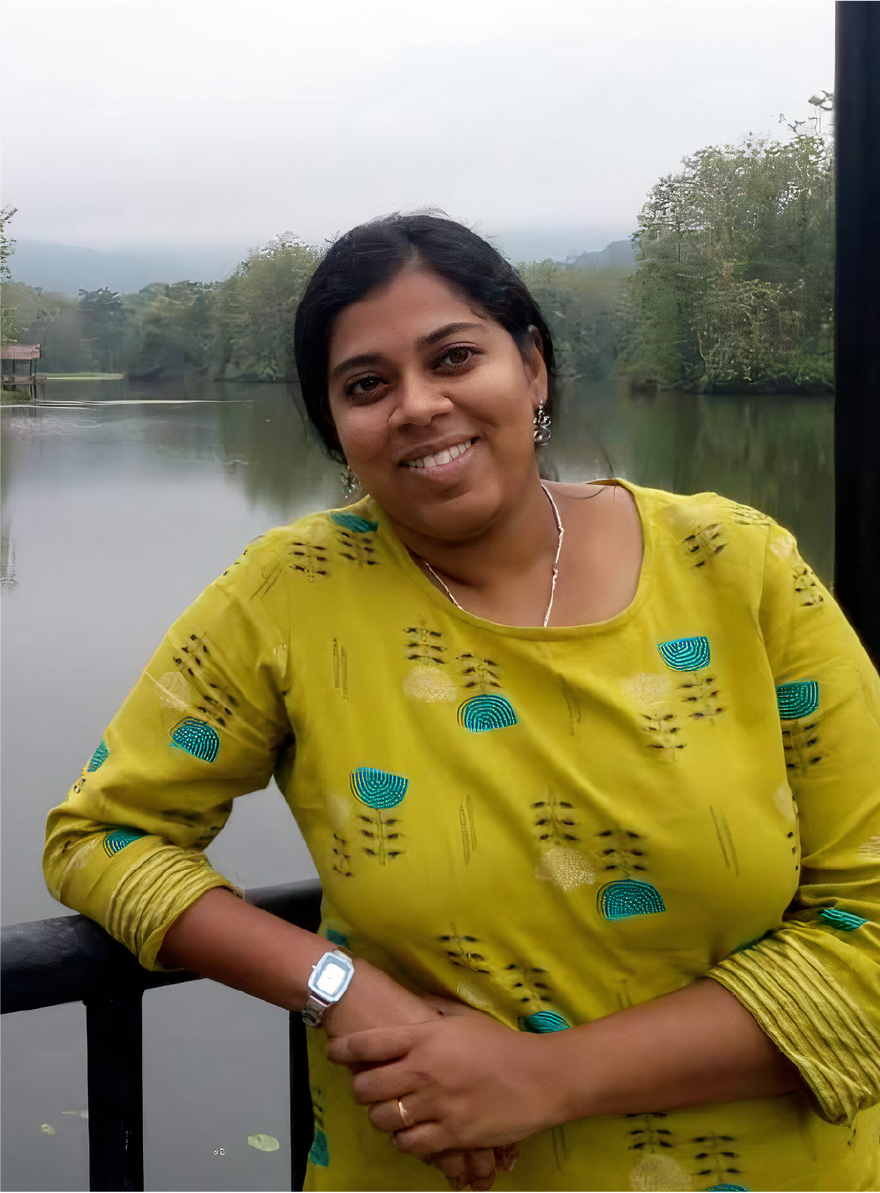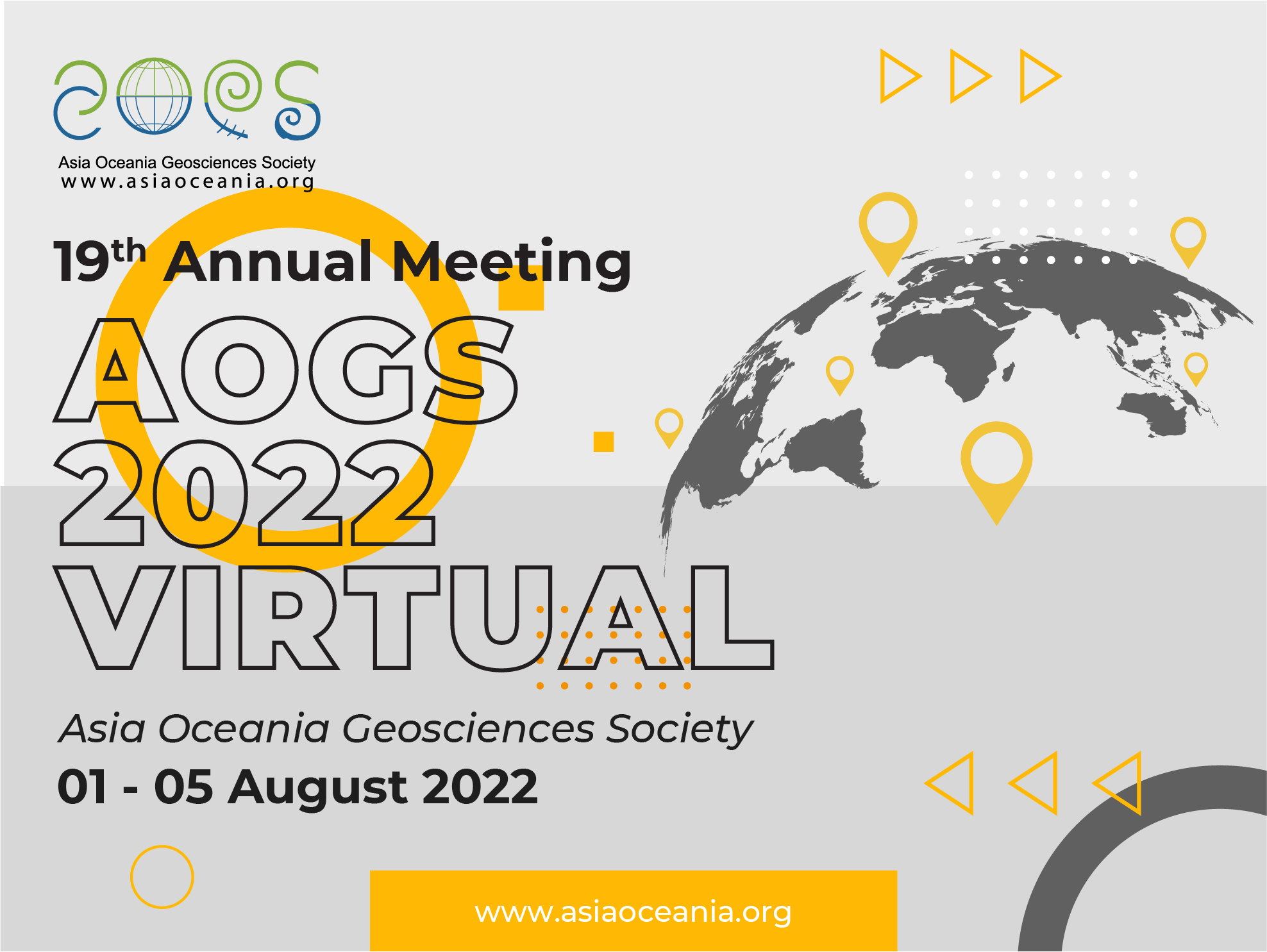
Anwesha GHOSH
Program uses Singapore Time and is 8 hours ahead of GMT
BG Kamide Lecture/Live Q&A Wed-03 Aug 12:00 – 12:45
Nitrogen Driven Niche Differentiation in Bacterioplankton Communities of Northeastern Coastal Bay of Bengal
The Bay of Bengal sees nitrogen inputs from different sources and the potential role of nitrogen-fixing microorganisms in the water is not well understood. The nitrogen budget estimate shows a deficit of 4.7 ± 2.4 Tg N yr-1, suggesting a significant role of dissolved organic nitrogen remineralization in fuelling ecosystem metabolism. Unravelling the process of remineralization leading to increasing concentrations of dissolved inorganic nitrogen (DIN) in mangrove ecosystems requires a better understanding of functional resident bacterioplankton communities. Bacterioplankton communities were elucidated from eight stations along different estuaries spanning west to east of northeast coastal Bay of Bengal to understand the influence of DIN on shaping these communities. The eight stations were differentiated into ‘low’ and ‘high’ DIN stations based on a DIN threshold, with five high DIN stations (>45 µM)and three low DIN stations (<40µM).
The V3-V4 region of 16S rRNA was amplified and sequenced to elucidate resident bacterioplankton community structure from environmental DNA. Proteobacteria, Bacteroidetes, and Firmicutes were the dominant bacterioplankton phyla across all stations. Nitrogen-fixing groups such as Nitrospirae, Lentisphaerae, Chloroflexi, and Planctomycetes make up about 1% of the bacterioplankton communities. Abundances of Spirochaetes and Tenericutes showed a positive correlation with DIN. Pseudomonadales, Alteromonadales, and Desulfovibrionales were found to distinctly vary in abundance between Low and High DIN stations. Predicted metagenomic profiles from taxonomic community composition indicated bacterial nitrate-nitrite reductase to be negatively correlated with DIN concentration in high DIN conditions but positively correlated in low DIN conditions. This trend was also consistent for genes involved in encoding nitrate/nitrite response regulators and transporter proteins. This indicates the need to delineate functional bacterioplankton community structures to better understand their role in influencing rates and fluxes of nitrogen in mangrove ecosystems.
Dr Anwesha GHOSH is currently working as a Postdoctoral Research Associate in the Centre for Climate and Environmental Studies at Indian Institute of Science Education and Research Kolkata, India. My work focusses on disentangling complex microbial communities to understand coastal carbon cycling. I have been working in the Indian Sundarbans to address ecological level questions including ocean acidification. Trained as a classical microbiologist, I use my skills to design experiments to study molecular level transformation of complex carbon such as litterfall. Within mangrove ecosystems, litterfall forms a source of allochthonous carbon and aid microbial communities. I also use next-generation sequencing including Illumina and Nanopore platforms to elucidate microbial communities of estuarine mangroves of Sundarbans. Apart from my core research work, I actively take part in Science outreach activities and networking with early career researchers (ECR). I am currently an ECR Representative of Association for Limnology and Oceanography (ASLO) Early Career Committee, and South Asia Regional Hub on Ocean Acidification (SAROA; endorsed by GOA-ON). Networking has helped me strengthen my core research work and deepen my understanding of coastal ecosystems.

Anwesha GHOSH
Department of Biological Sciences,
Indian Institute of Science
Education and Research Kolkata
